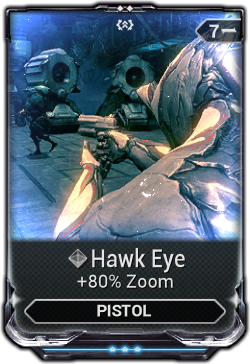

Since this is where the most severe fighting took place, Russian civilian casualties were high. Most of the Russian population of Grozny lived in the center of the city. The locals included some Russian citizens who were inhabitants of Grozny (and who found it incomprehensible that their own leaders had such disregard for the lives of civilians). Indiscriminate bombing and shelling turned the local population against the Russians. The use of artillery and air power in the city was counterproductive in many instances. To correct this problem, the Russians put ZSU-23-4 self-propelled, multi-barreled, antiaircraft machine guns forward with columns to fire at heights and into basements.

Russian tanks could not lower their main gun tubes and coaxial machine guns low enough to shoot into basements harboring Chechen fighters. Grozny was a three-tiered fight (upper floors of buildings, street level, and subterranean or basement), and the weapons had to fit. The correct mix and employment of weapons in the city were also important. A March 1995 article decrying the neglect of sniper training attests to this fact. Russian forces also employed snipers, but not with the same degree of success as the Chechens. They also smelled clothing for gunpowder and looked for traces of it under fingernails or on arms or legs. Soldiers would look for bruises on the shoulder from weapon recoil, for powder burns on forearms, or for a silver lining around cuffs (from mortar or artillery propellant bags). To counteract this, Russian checkpoints began forcing the Chechen men to take off their shirts. A real problem for Russian troops was identifying snipers who shot at them and then donned a Red Cross armband and mingled with the local populace and the Russian soldiers he was killing.

The sniper could also use an RPG in conjunction with a sniper rifle. There are many cases where a sniper wounds a serviceman, and then kills the wounded person and those who come to his aid. Everyone fears the Chechen snipers in Grozny…. One experienced sniper is capable of doing what will prove to be beyond the capability of a tank, gun, or entire infantry subunit: disable a commander, destroy a gun or mortar crew, control one or two streets… and, most important, instill in the enemy a feeling of constant danger, nervousness, and expectation of a sudden shot. Snipers were extremely effective in slowing a convoy's movement and forcing a column to take another route. There are reports that the Chechens employed female snipers from the Baltic region. This article examines the most important of those lessons, the interesting and perhaps surprising conclusions drawn by the Russians about modern urban warfare, and their implications for US soldiers and urban warfare theory.Ī "weapon" of choice for both Russians and Chechens was the sniper, who caused panic and havoc with just a few well-placed shots. The Chechens held their own for three weeks but eventually lost the city to the Russian armed forces in late January (the Chechens retook the city in August 1996).īoth sides learned or relearned many lessons of urban combat, most of them the hard way. It pitted a hastily assembled and unprepared Russian force against a Chechen force of regulars and guerrillas equipped with Russian weapons and a belief in their cause. The battle for Grozny, the capital of the small Russian Republic of Chechnya, took place in January 1995. Third best – attack his army in the field, Second best – disrupt his alliances through diplomacy, The Battle of Grozny: Deadly Classroom for Urban Combatīest policy in war – thwart the enemy's strategy, Both 168-grain OTM and 175-grain OTM are available. "I received your Flash Cards in the mail and was quite impressed with how little time it took before I could instantly realize what I needed to do in several different situations. Nothing could slow down a force as much as the sniper."

"The most effective weapon system employed against pure infantry was the sniper, a casualty producer, psychological weapon, and impediment to rapid movement. While no help with Hathcockian cross-valley shots, the Aguilar System is ideally suited to fast-paced urban combat within 600m. In this way a sniper or designated marksman can get a bullet on his or her target in five seconds without a spotter or any ancillary devices. The Aguilar System for Medium Range Sniping goes directly from the height of the target to the holdover without any unnecessary detours of the type that the Mildot Master® makes. Yardage is a detour from the input data (height of target) to the output data (holdover on a mil-dot).


 0 kommentar(er)
0 kommentar(er)
